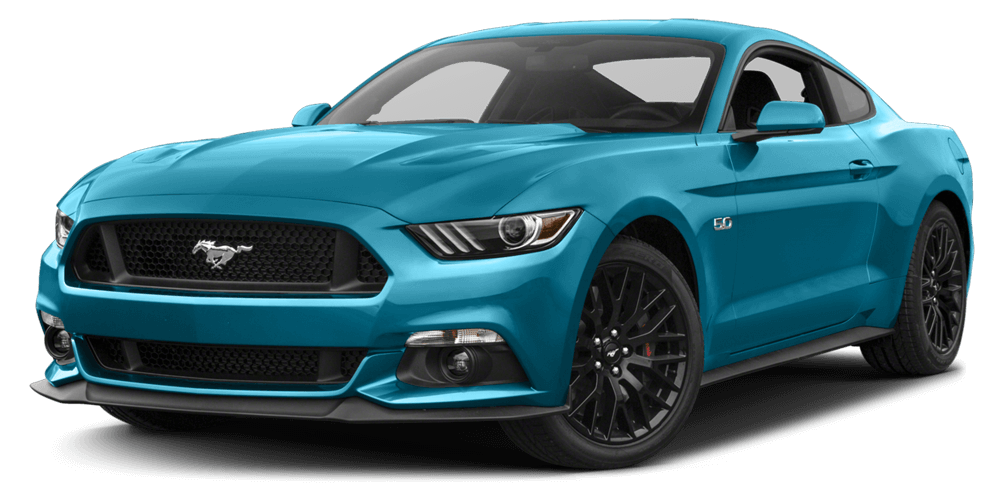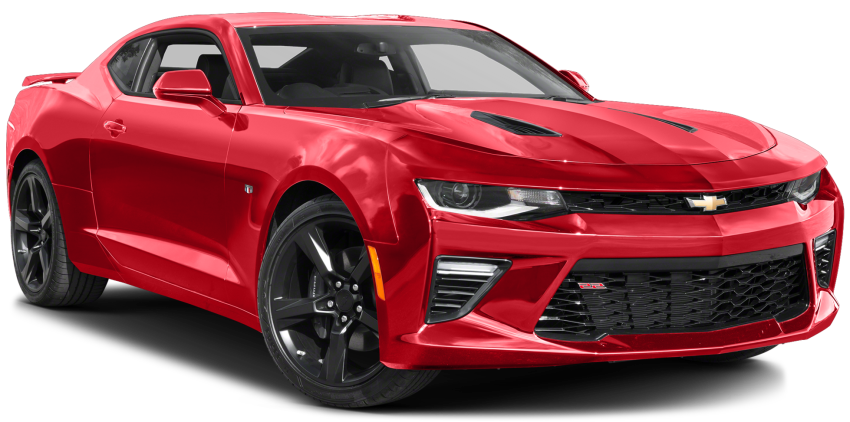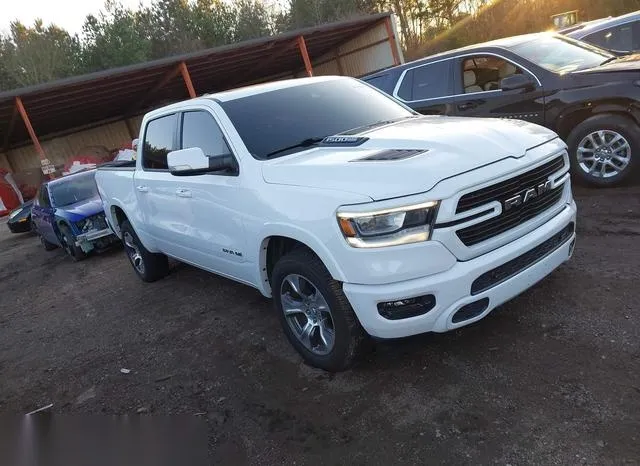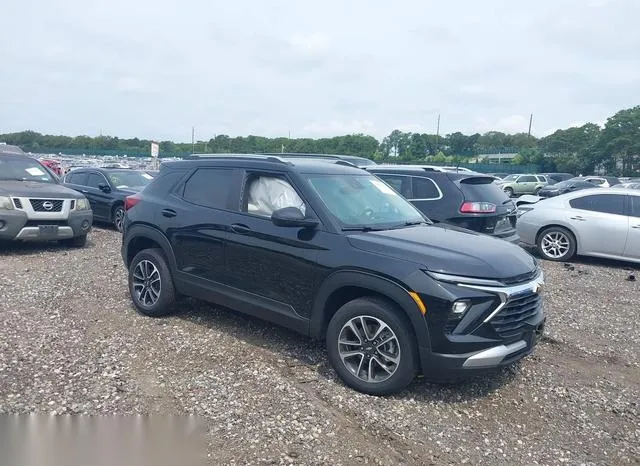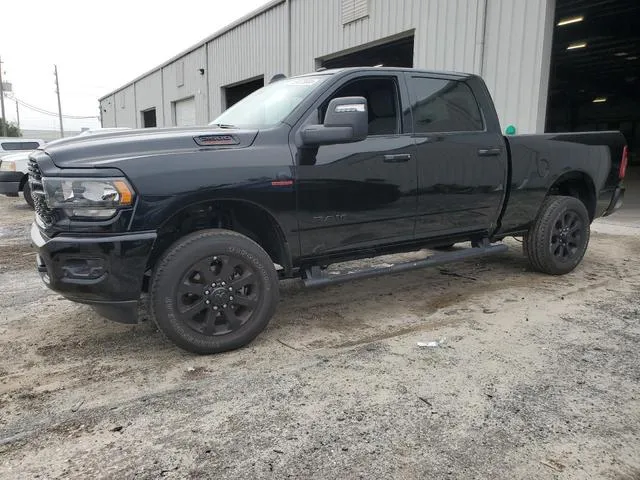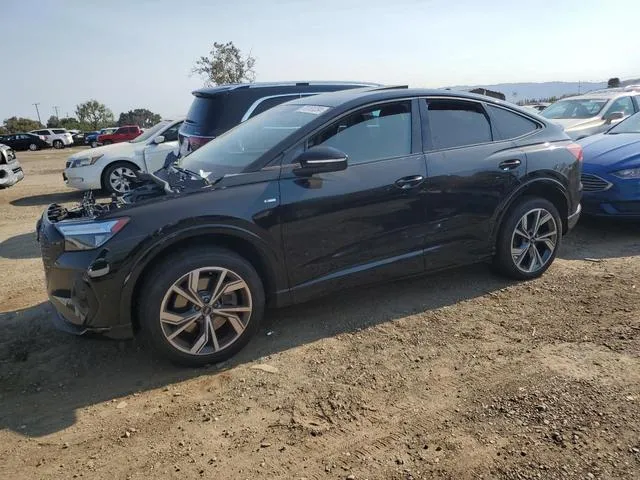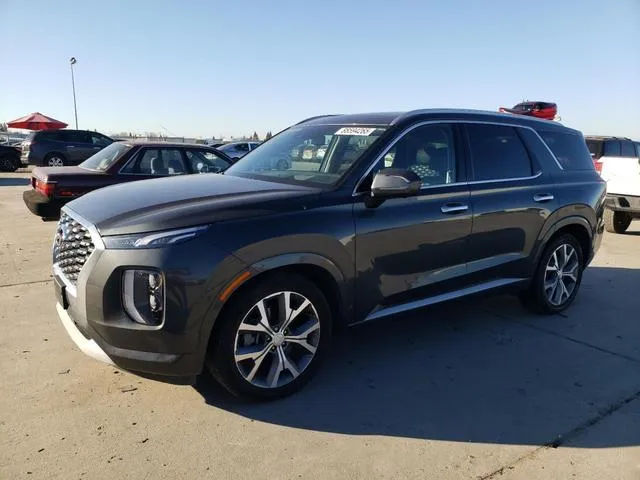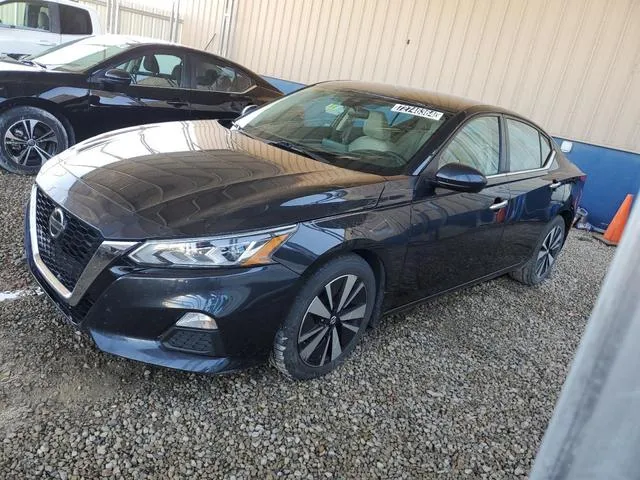The History of Datsun and Its Car Models
Datsun is a historic brand that played a pivotal role in the rise of the Japanese automotive industry. Known for producing affordable, reliable, and durable vehicles, Datsun became a symbol of quality in markets around the world. First introduced in the 1930s, Datsun quickly became synonymous with small, economical cars, which helped the brand expand internationally. Though the Datsun name was phased out in the 1980s in favor of Nissan, the brand was revived in the 21st century for emerging markets. In this article, we’ll trace Datsun's history and explore its most iconic car models.
1. The Origins of Datsun (1911-1930s)
Datsun’s roots can be traced back to 1911, when Masujiro Hashimoto founded the Kaishinsha Motor Car Works in Tokyo, Japan. In 1914, the company produced its first vehicle, the DAT, which was named after the initials of the company’s investors: Kenjiro Den, Rokuro Aoyama, and Meitaro Takeuchi. The name "Datsun" was officially adopted in 1931, with the "Datson" moniker originally meaning "son of DAT." The name was later changed to "Datsun" to avoid the negative connotations of "son" in Japanese (which can also mean loss). In the 1930s, Datsun began producing small, affordable cars, laying the foundation for its future success.
| Model | Production Years | Description |
|---|---|---|
| Datsun Type 11 | 1932-1933 | The Datsun Type 11 was the first car to bear the Datsun name. It was a small, lightweight car powered by a 495cc engine that produced 10 horsepower. The Type 11 was aimed at the Japanese market, where it became popular for its affordability and practicality. |
2. Post-War Expansion and the 1950s
After World War II, Japan’s economy began to recover, and Datsun (by then part of Nissan) started producing new models that would shape its post-war identity. In the 1950s, Datsun focused on producing small cars and trucks, which were highly popular both in Japan and overseas markets. This period marked the brand’s first significant push into international markets, particularly in the United States, where Datsun cars gained a reputation for durability and reliability.
| Model | Production Years | Description |
|---|---|---|
| Datsun 110 | 1955-1957 | The Datsun 110 was a small sedan that marked the beginning of Datsun’s post-war production. It was powered by a 860cc engine, which was developed from a pre-war design. The Datsun 110 was aimed at Japan’s growing middle class and was praised for its practicality and reliability. |
| Datsun 120 (112) | 1957-1961 | The Datsun 120 was an evolution of the 110 model, offering improved performance and a more modern design. It featured a larger 1.0-liter engine and became one of the first Datsun models to be exported to the United States, where it helped establish the brand’s reputation for durability and affordability. |
3. The 1960s: Datsun Goes Global
The 1960s were a transformative decade for Datsun, as the brand expanded aggressively into international markets. Datsun’s cars became increasingly popular in Europe, North America, and Australia, thanks to their combination of affordability, fuel efficiency, and reliability. The introduction of the Datsun Bluebird and the Fairlady sports car series during this period cemented the brand’s position as a global player in the automotive market.
| Model | Production Years | Description |
|---|---|---|
| Datsun Bluebird (310 Series) | 1959-1963 | The Datsun Bluebird was a compact car that became one of the brand’s best-known models. It featured a 1.0-liter engine and was praised for its robust engineering and smooth ride. The Bluebird was exported to several markets, including the U.S., where it was known for being a reliable, affordable option. |
| Datsun Fairlady (SP310) | 1963-1970 | The Datsun Fairlady, also known as the Datsun Sports or Roadster, was a two-seater sports car that was part of the company’s efforts to appeal to sports car enthusiasts. It featured a sleek design and was powered by a 1.5-liter engine. The Fairlady became popular in the U.S. market, helping to boost Datsun’s image as a manufacturer of fun, performance-oriented cars. |
| Datsun Sunny | 1966-2006 | The Datsun Sunny was introduced in 1966 as a subcompact car that was affordable and efficient, making it popular in both domestic and international markets. The Sunny evolved over the years and became one of Nissan’s longest-running and most successful model lines, offering various body styles including sedans, coupes, and hatchbacks. |
4. The 1970s: The Rise of the Z Car
The 1970s were perhaps the most iconic decade for Datsun, with the launch of the Datsun 240Z, which became a symbol of Japanese automotive success worldwide. Datsun was also known for its sturdy pickup trucks during this period, further establishing its reputation for building reliable, long-lasting vehicles. The 1970s were also a time when Datsun solidified its presence in the North American market.
| Model | Production Years | Description |
|---|---|---|
| Datsun 240Z | 1969-1973 | The Datsun 240Z (Nissan Fairlady Z in Japan) was a revolutionary sports car that offered performance and styling at an affordable price. It was powered by a 2.4-liter inline-six engine and quickly became a hit, particularly in the United States, where it outsold many European sports cars. The 240Z’s combination of speed, handling, and value made it one of the most iconic sports cars of the era. |
| Datsun 620 Pickup | 1972-1979 | The Datsun 620 was a compact pickup truck that became popular for its rugged durability and practicality. Powered by a range of four-cylinder engines, the 620 was known for its ability to handle tough tasks while offering excellent fuel economy. It gained a strong following in both domestic and international markets. |
| Datsun 510 | 1968-1973 | The Datsun 510 was a compact sedan that became famous for its sporty handling and versatility. Often called the "poor man’s BMW," the 510 featured rear-wheel drive and independent rear suspension, making it a favorite among enthusiasts and racers. It was available in sedan, coupe, and wagon body styles. |
5. The 1980s: Transition to Nissan
By the 1980s, the Datsun brand was becoming increasingly synonymous with Nissan. In 1981, Nissan decided to phase out the Datsun name and rebrand all its vehicles under the Nissan banner, a process that was completed by 1986. However, the legacy of Datsun lived on through models like the Nissan Z series and other vehicles that had been developed under the Datsun name. The Datsun brand, which had become globally recognized for quality, reliability, and performance, would remain dormant for several decades before its revival in the 2010s.
| Model | Production Years | Description |
|---|---|---|
| Datsun 280ZX | 1978-1983 | The Datsun 280ZX was an evolution of the 240Z, offering more luxury and refinement than its predecessor. It was powered by a 2.8-liter inline-six engine and was available in both two-seater and 2+2 configurations. The 280ZX retained the performance attributes of the original Z car while adding more comfort and features, making it a popular choice in the U.S. market. |
6. The Datsun Revival (2013-Present)
In 2013, Nissan decided to revive the Datsun brand, but this time with a focus on emerging markets. The new Datsun cars were designed to be affordable, reliable, and suited to the needs of consumers in developing countries. While the new Datsun models lacked the sporty appeal of the brand’s earlier cars, they aimed to provide low-cost mobility for a new generation of drivers in countries like India, Indonesia, and Russia.
| Model | Production Years | Description |
|---|---|---|
| Datsun Go | 2014-present | The Datsun Go was the first model introduced under the revived Datsun brand. It is a small hatchback designed for emerging markets, offering basic transportation at an affordable price. The Go is powered by a 1.2-liter engine and focuses on practicality, fuel efficiency, and low maintenance costs. |
| Datsun Redi-Go | 2016-present | The Datsun Redi-Go is a compact city car designed for urban environments. It features a tall-boy design for maximizing interior space in a small footprint and is powered by a 0.8-liter or 1.0-liter engine. The Redi-Go is popular in India for its affordability and fuel efficiency. |
| Datsun On-Do | 2014-present | The Datsun On-Do is a compact sedan built for the Russian market. It offers a spacious interior and robust engineering, making it suitable for the harsh conditions of Russian roads. The On-Do is powered by a 1.6-liter engine and has become a popular choice for budget-conscious buyers. |
7. Datsun's Legacy and Impact
Datsun’s impact on the global automotive industry is undeniable. As one of the first Japanese brands to achieve success internationally, Datsun set the standard for reliability, affordability, and performance in small cars. From the iconic 240Z to the revival of the brand in emerging markets, Datsun’s journey is a testament to the enduring appeal of quality engineering and smart design. Even though the Datsun name has faded in some markets, its legacy lives on through the vehicles it produced and the millions of satisfied drivers who experienced the brand’s reliability and value.
Conclusion
The story of Datsun is one of innovation, perseverance, and adaptation. From its early days as a small car manufacturer in Japan to its rise as a global automotive brand, Datsun has consistently delivered vehicles that meet the needs of a wide range of customers. Whether through the sports car success of the 240Z or the budget-friendly Datsun Go, the brand has always focused on providing value and quality. As Datsun continues to evolve in the 21st century, its legacy as a pioneer in the automotive world remains firmly intact.



